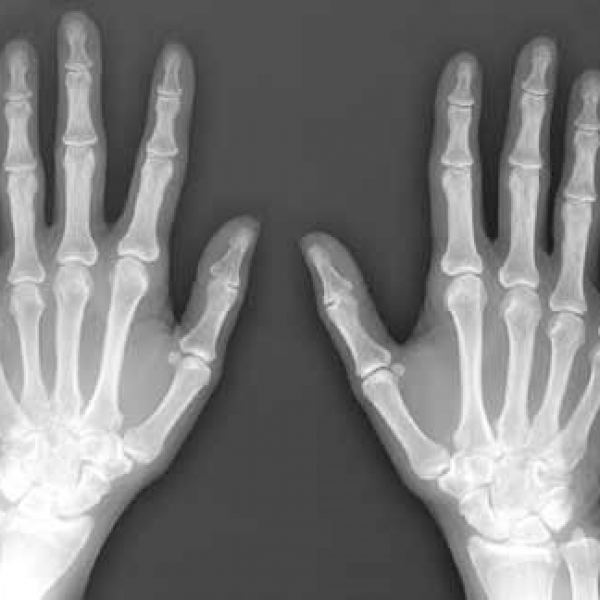Contact Admission
International Collaboration
How to eat for a long, slow old age?
How to eat for a long, slow old age?
SANTA MONICA, California - We have heard the phrase "You are what you eat", which means that eating and drinking has a great impact on your health. However, not only this, but Americans also have the phrase "You age what you eat", roughly describing that the food you eat can make you old or younger.
The biochemical aging process
Metabolic and biochemical processes are prone to imbalances, leading to poor health, weight gain, and faster aging at the cellular level. Usually, biochemical process has four aspects, including oxidation, inflammation, glycation metabolism and allostation. When an imbalance occurs in these four aspects, it leads to cell dysfunction and accelerated aging.
Scientists and doctors both agree that excessive inflammation can damage and degrade tissue, leading to loss of stress control and poor health.
How can foods lead to aging?
AGEs involve foods with chain glycation, causing cells to lose function and age more quickly. “AGEs accumulate very quickly according to the following three processes:
Directional glycation (direction glycation), which can occur whenever blood sugar stays in the body for too long because of eating harmful foods or too many carbohydrates.
Inflammation (inflammation), an imbalance between inflammatory fatty acids (omega-6) and anti-inflammatory fatty acids (omega-3). If we eat foods with too much omega-6, the body overproduces inflammatory compounds, leading to faster aging and eventually dysfunction of cells.
Stress, this includes mental and physical stress, exercise or overwork or lack of sleep. When you are stressed, you experience a chronic 'overexposure' to cortisol, a stress hormone that increases blood sugar control and inflammation. Aging is faster when you are stressed and eat fast, processed foods that are high in sugar and omega-6 fatty acids.
Eat and drink to avoid rapid aging
Avoid foods that contain PHOs
Although the FDA has banned the production of foods containing PHOs (hayrogenated oil), small amounts of PHOs remain secretly present in everyday foods. Therefore, be sure to read the nutrition information on the label carefully to avoid buying products with this ingredient. Some common foods have PHOs like coffee ice cream, cookies, frozen pizza, popcorn or margarine.
Frozen pizza, one of the most common foods with PHOs.
Switch to palm oil
Palm oil is easier to saturate than PHOs, but it's much healthier and used to replace products that are high in harmful fats. You should choose a palm oil product that is 100% RSPO certified by the American Palm Oil Association to ensure high quality. However, because palm oil is highly saturated, the American Heart Association recommends consuming less than 10% of your daily caloric intake.
Avoid foods with a high sugar content and high glycemic index
Soda, energy drinks, white bread, chips or sweet cereals are some of the foods and beverages that are high in sugar and the glycemic index, also known as high blood sugar. The glycemic index is an index of how foods affect blood sugar and insulin levels. A low glycemic index will help control appetite and weight.
French fries are high in sugar.
In addition, refined starches are actually another form of sugar, which turns into sugar when it meets blood in the body. When blood sugar spikes, it causes diabetes malfunction, weight gain, hormonal disability and cravings.
Besides, the excess sugar will make you age very quickly. It will slow down the repair mechanisms in the body, allow wrinkles to appear more quickly, and even lead to forgetfulness. Instead, replace them with foods that are processed with more natural sugars, such as honey or maple syrup. You should also combine sugar with some other fats and proteins to reduce the spike in blood sugar.
Other news
- 25 Cancer Warning Signs You Often Ignore ( 09:19 - 13/12/2025 )
- Should you get a tetanus shot if you’re injured while cleaning up after a flood? ( 09:22 - 28/11/2025 )
- 7 Diseases Likely to Spread After Floods – A Family Health Guide ( 14:01 - 25/11/2025 )
- HOW DOES MORNING COFFEE AFFECT GUT HEALTH? ( 08:38 - 15/12/2024 )
- RABIES: CAUSES, PREVENTIVE MEASURES, AND TIMELY TREATMENT ( 14:21 - 08/11/2024 )
- These small but the benefit did not expect help prevent COVID-19 ( 08:44 - 27/04/2021 )
- Foods that help prevent breast cancer ( 08:42 - 27/04/2021 )
- How to recognize and prevent dengue fever ( 09:39 - 22/04/2021 )
- 6 ways to limit your risk of colorectal cancer ( 13:13 - 14/04/2021 )
- 5 warning signs of a weakened immune system and food to increase resistance ( 08:46 - 06/04/2021 )


















